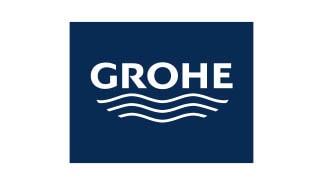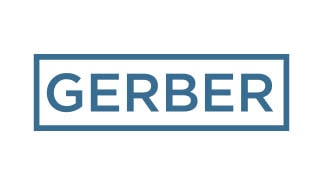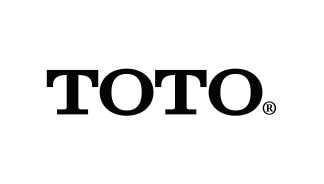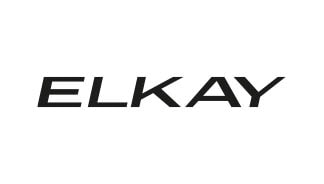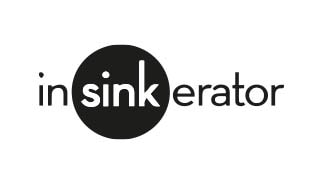Published on
October 31st, 2022The Evolution of Toilet Tanks and Parts: New Technology for Efficiency, Reliability, and Green Living
The history of plumbing is quite fascinating, as it tends to reflect society’s attitudes toward innovation, personal sanitation, and public health. Here’s a brief history of the evolution of toilet tanks and parts. You may be surprised to learn how old flush toilets really are and how far they’ve come in the last few decades.
Early Toilets
From early civilizations to the Industrial Revolution
Although patented modern toilet technology dates to the Industrial Revolution, the earliest flush toilets were used as early as around 3,000 BC. The Minoan civilization on the Greek Island of Crete installed sophisticated plumbing for their time in the palace at Knossos, built in 1,700 BC and excavated in the late 19th century.
The Minoans not only piped in water from miles away, but they also used flush toilets that involved pouring water down a drain to remove waste far from where people lived via an underground sewer system. There is evidence that residents of Mesopotamia (present-day Iraq, Kuwait, Turkey, and Syria) and the Indus Valley (India and Pakistan today) also used flush toilets even earlier, possibly diverting water from the roof to the toilet.
As with many technological advances, this hygiene innovation was lost during the Dark Ages, when people tossed raw sewage into the street and – unsurprisingly – disease ran amok. Only royalty and the aristocracy had anything resembling a modern bathroom, but this was still only a closet or curtained area (garderobe) containing a seat above a sewage moat, similar to today’s porta potties or outhouses.
It wasn’t until 1592 that Sir John Harrington, a godson of Queen Elizabeth I, invented a water closet with a raised cistern for flushing. His invention didn’t take off, though, and only 200 years later did Alexander Cummings develop a vital improvement to make the flush toilet popular: an S-shaped trap below the bowl to catch unpleasant odors.
Residential Toilets in New York City
No more chamber pots
Sewage in Western public spaces was still a big problem in major cities like New York and London well into the mid-1800s, which contributed to serious disease outbreaks from contaminated drinking water. Laws were created to counter this, mandating that newly built homes must have a water closet where waste could be emptied into an ash pit.
An even better improvement came with the replacement of ash pits with city-wide sewer pipes, which made a significant dent in waste-borne illnesses as well as the presence of vermin. This change happened simultaneously in London, New York, and other large cities in the mid-19th century. But it wasn’t until 1902 that New York City’s sewage system was finally complete, and the waste removal business turned into the toilet and plumbing trade.
Between the turn of the century and the 1930s, shared building toilets for New York’s poorest residents gradually morphed into individual bathrooms for every unit. With new manufacturing technology available to build toilets that resemble the ones we know now, the early 20th century saw advances such as:
- Flush valves (versus manual draining)
- Water tanks integrated with the toilet bowl, rather than on the wall above
- Better trap construction to prevent clogging
- Improved bowl filling and water evacuation
- Marketing of toilet paper rolls
The Classic Float Arm Mechanism
Still used in many bathrooms
Once the toilet tank was moved to rest directly above the bowl, residential toilets in New York began to use a common design that you’ll still find in many bathrooms that haven’t been upgraded recently. Most often, a float system rises as the toilet fills after flushing and stops water from filling the tank near the top.
Most folks are familiar with this arrangement. It’s not fancy, but it’s relatively easy and inexpensive for even DIYers to repair. The biggest disadvantage with this type of toilet is it doesn’t allow for some newer advance, particularly with regard to green living. They also suffer from regular wear and tear. Once you’ve replaced a faulty flapper valve multiple times, you’ve probably looked at alternatives, such as longer-lasting and more efficient center tank flush tower mechanisms with no flapper.
New Developments in Toilet Tank Technology
Conserving water and more
The late 20th and early 21st centuries have been a flurry of inventions to improve toilet tank function. Many of these have been spurred by water shortages, although luxury features are also a driver.
Some popular improvements have been high-pressure flushing, which helps in tall buildings, such as apartments and offices. Additionally, low-flow toilets have gained ground, due to their low water usage, which helps both the environment and owners’ bank accounts. Pressure assistance in some cases can ensure the small volume of water used still fully empties the bowl.
Other eco-friendly toilet advances include the composting toilet, for reusing waste as fertilizer, and using greywater or seawater to flush, thereby preserving fresh water for other uses.
Toilets have practically become a status symbol with the recent adoption of toilet tank technology that provides various flush strengths, built-in bidet features, push-button light-up controls, and automatic cleaning and odor removal. Another force behind toilet tank innovation has been the renewed focus on public health. Touchless toilets, like the ones you find in airport restrooms that use sensors to flush, are becoming more common in residential and small business settings.
Tiny home living, which includes efficient small condo layout, is yet another catalyst for toilet change. With some systems, there is no tank at all, as water is piped in via a conduit next to the toilet. There are also narrow tanks and triangle-shaped tanks for corners, both of which add space to tight powder rooms.
Are the bathrooms in your building ready for a toilet upgrade using some of the new tank technology available today? Call Sanitary Plumbing at 212-734-5000 to schedule your consultation.


